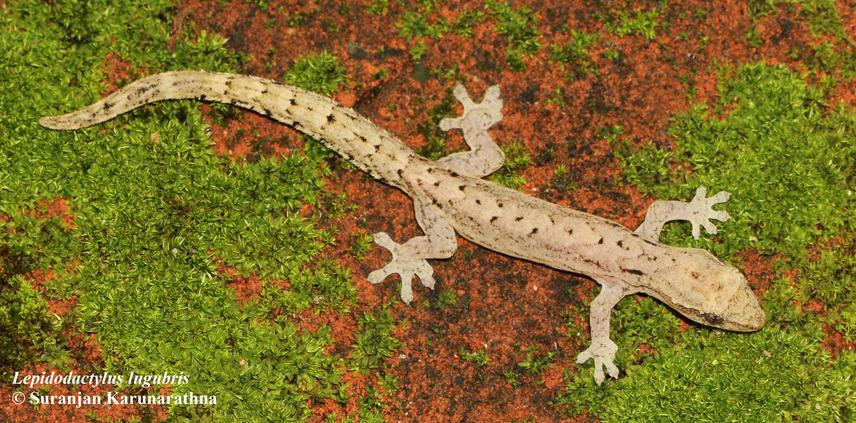Suranjan Karunarathna
Other projects
26 Mar 2018
“Here Be Dragons”: Conserving Sri Lanka’s Unique and Endemic Agamid Lizards Outside the Protected Area Network
Fifty-five (85%) out of the 65 Sri Lankan geckos are endemic and nearly 75% (49) of these are threatened with extinction due to habitat loss, fragmentation, and degradation. Also, the attitude of Sri Lankan people towards geckos is very negative and it will take time to change it because of folklore and mythical beliefs. Most of these geckos are restricted to a single small locality (micro-endemics or point-endemics), and the size of the forests is less than 1 km2, especially in the dry and intermediate zones. Given high habitat heterogeneity, favourable climatic conditions, and altitude-driven environmental gradients, the current diversity of Sri Lankan geckos might be much higher than currently documented. During the past two decades (2003-2023), scientists described more than 40 new species of geckos from Sri Lanka, and most of them are endangered. Apart from that, geckos have a remarkable evolutionary history on the island and have underdone insular radiation. Currently, people are clearing much of the forest in and around the protected areas to make way for the agricultural land and settlements they want. Also, we have experienced many cases of natural environmental destruction due to irresponsible development activities in the last two decades.

Lepidodactylus lugubris (Hambantota, Sri Lanka). © Suranjan Karunarathna.
In this critical environment, we identified four critical research gaps on geckos:
(1) we have minimal information on geckos’ distributions outside protected areas, including anthropogenic habitats. Numerous studies have underpinned the importance of isolated mountains for biodiversity conservation, therefore systematic surveys are needed.
(2) almost all Sri Lankan geckos lack detailed ecological data that are salient in making informed decisions on habitat management and wildlife policies. Hence, there is a barrier to implementing in-situ conservation and restoration of habitats.
(3) based on previous studies, we can assume that many new species exist in isolated mountains, especially outside protected areas. If we don't explore these areas as soon as possible, they will disappear even before we recognize the presence of the species.
(4) conservation assessments of geckos are based on neither quantitative information nor spatially explicit distribution mapping. Scientifically robust, systematic, and spatially explicit data are imperative to make informed conservation decisions and policy revisions in Sri Lanka.